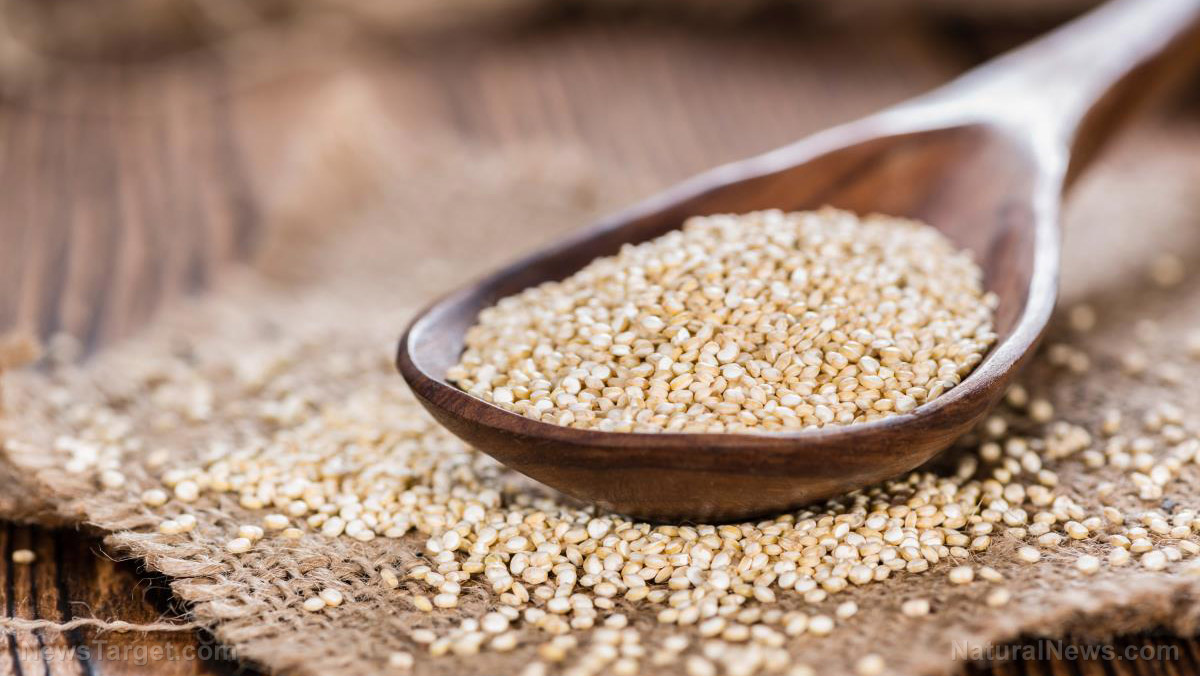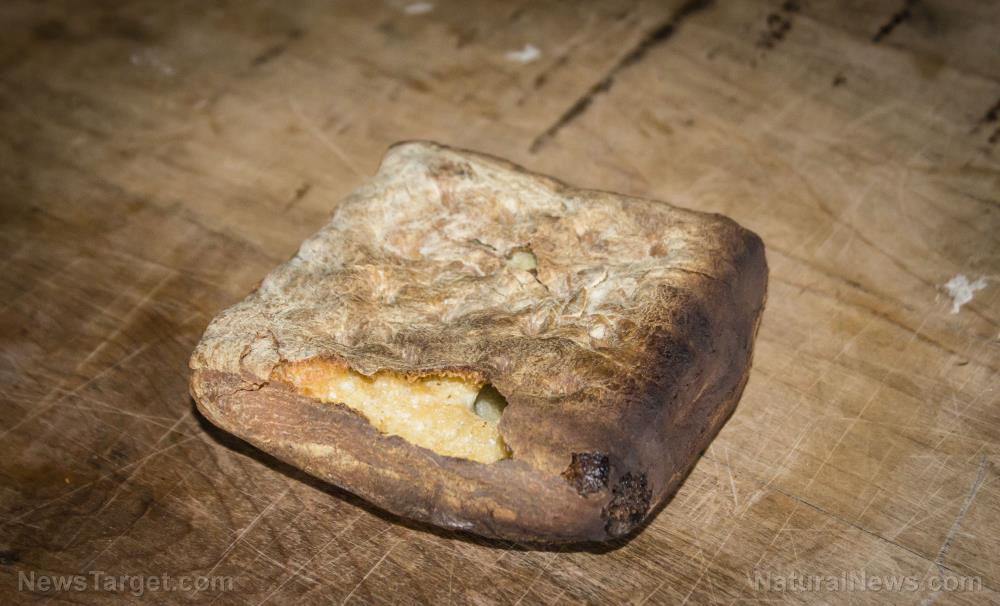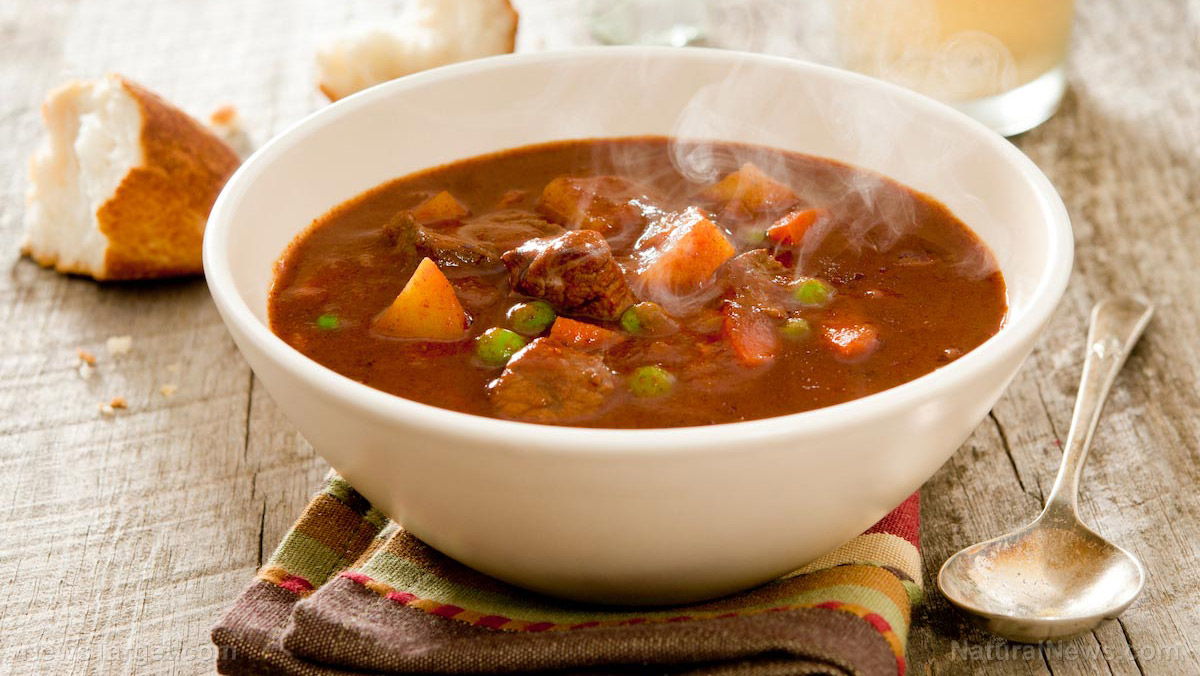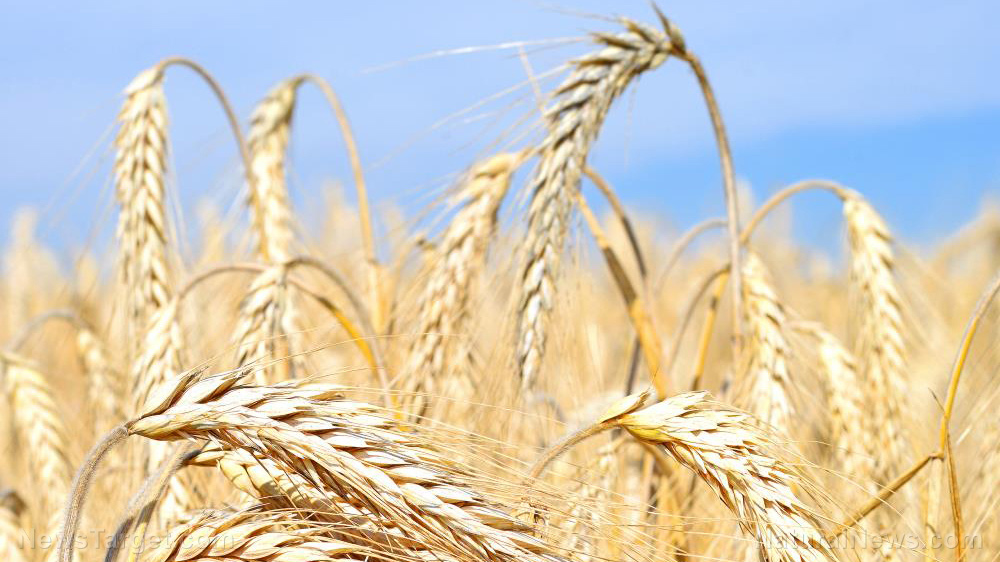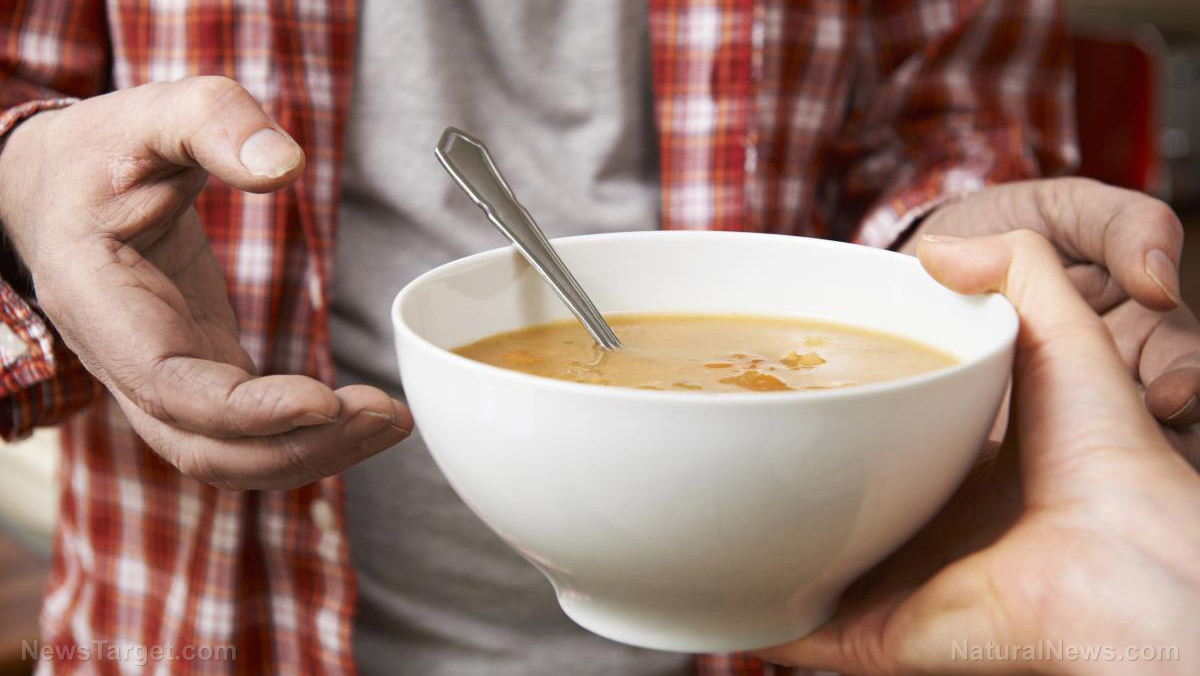Emergency food prep: 9 Pioneer foods that you’ll need in your survival stockpile
06/11/2021 / By Virgilio Marin

Pioneer foods make excellent survival meals because they are easy to prepare. Additionally, they have a long shelf life and can provide high amounts of energy. When SHTF, these long-lasting, energy-dense foods will matter the most because they can keep you from feeling hungry and weak at a time when you need to stay on survivalist mode.
Listed below are nine pioneer foods to add to your survival stockpile: (h/t to UrbanSurvivalSite.com)
Dried meat
Travelers along the Oregon Trail packed as much bacon as they could carry. They ate bacon for breakfast and mixed it with beans for lunch and dinner. When their supply of bacon ran out, they switched to dried buffalo and dried venison, which they preserved by curing with salt or smoke. For these pioneers, dried meat made terrific survival food because it was chock-full of protein and didn’t perish quickly.
Bread
Travelers also brought flour with them to be able to make bread whenever they stopped to get some rest. They baked bread using the “salt-rising” method, which involves using naturally occurring bacteria instead of yeast to make the dough rise.
Once they were settled, the pioneers made their own flour using homegrown wheat and corn and used these to make biscuits and cornmeal mush.
Corn
Pioneers dried corn and used it to make cakes and biscuits. These pioneer foods stored well and were packed with calories.
Rice
Rice was popular among travelers along the Oregon Trail because it was easy to store and carry. These travelers packed 10 pounds of rice per person for a westward trip. When it was time to eat, they mixed rice with beans, vegetables, meat and fish in a kettle over a campfire or fireplace.
Beans
Dried beans were also staple foods in a pioneer pantry because they were easy to store and cook. Plus, they were a good source of protein and paired well with a variety of pioneer foods, such as rice and dried meat.
Dried fruit
Fresh fruits were a luxury for Oregon Trail hikers since these foods go bad quickly. To make fresh produce last longer than they normally do, pioneers let slices of fruits dry in the sun. Dried fruits have a long shelf life and provided the pioneers a variety of nutrients during the winter season.
Soups and stews
Early settlers made the most of leftovers by whipping up soups and stews. They tossed in bones, shreds of meat, vegetable peels and whatever else was available to make a warm, nutritious meal. Stew meat came from rabbits, squirrels and other small game that the pioneers hunted along the trail.
Root vegetables
Once they were settled, pioneers planted root vegetables in their newfound land. Potatoes, turnips, beets, carrots and onions were their favorites because these veggies stayed fresh for a long time. For food storage, the pioneers often dug into the side of a hill to make a root cellar and stored crops in this hillside hollow. (Related: Think like a pioneer: When prepping your stockpile, remember the old ways.)
Squash
Pumpkins and other squashes were an important part of the pioneer diet. Commonly found in the wild, they filled the empty stomach of travelers on their way west. Once these travelers were settled, they planted squash seeds to grow their own food.
These pioneer foods will be very important for your survival when SHTF. When you’re bugging out to an off-grid location or if grocery stores are closed due to a disaster, these long-lasting and energy-dense food will help keep you energized. Add these pioneer foods to your stockpile to increase your chance of survival.
Sources include:
Tagged Under: bug out, emergency food, food supply, nutrition, off grid, pioneer diet, pioneer foods, preparedness, prepper, prepping, self sufficiency, self-reliance, SHTF, survival, survival food, survival stockpile, survivalist, tips
RECENT NEWS & ARTICLES
EmergencyFood.News is a fact-based public education website published by Emergency Food News Features, LLC.
All content copyright © 2018 by Emergency Food News Features, LLC.
Contact Us with Tips or Corrections
All trademarks, registered trademarks and servicemarks mentioned on this site are the property of their respective owners.










